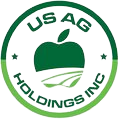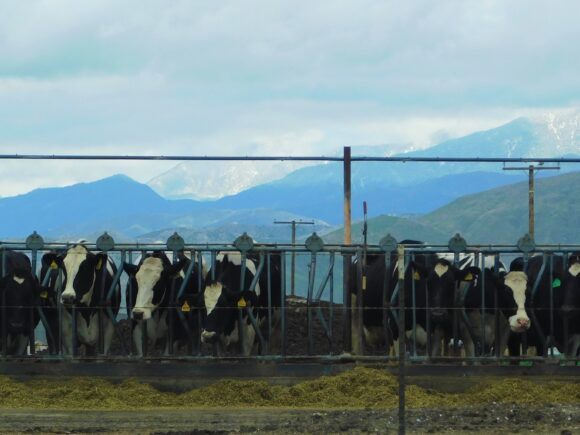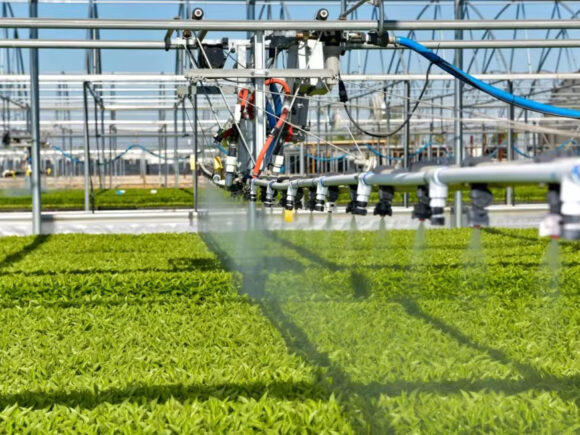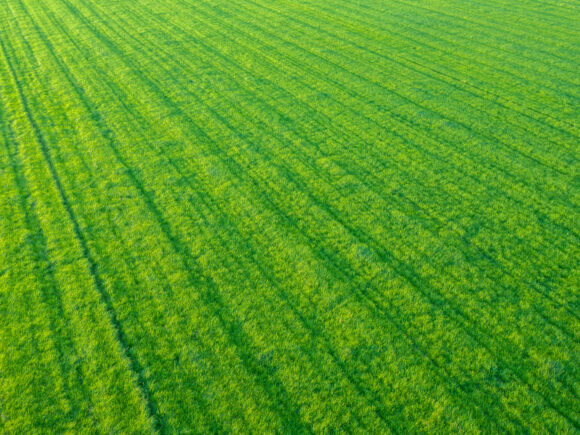
Agriculture for a Healthier Future

Holdings
Horticulture and Food

with Passion
Agriculture at USAG
Food Safety is a Top Priority at USAG

In the last 10 years, we have been exposed to food contamination, primarily in fresh foods and beverages. We’ve seen E coli in unpasteurized apple juice, Salmonella in poultry and beef, Listeria in salad greens, and a number of other food pathogens that make people sick but go unreported. See the various types of pathogens which are common in the chart below.
USAG will use a Rapid Pathogen Detection technology to identify the presence of any of the listed pathogens in less than 30 minutes, versus 12-72 hours for brick and mortar laboratories. We offer quality control and assurance programs, that once adopted and applied consistently, will proactively reduce the risk of food contamination.
To record this information and distribute it to vested interests in the supply chain, we will utilize a cloud-based data management technology. This early detection can result in ceased production before it is cooled, shipped, or distributed to food service or retail grocers and ultimately the consumer’s home.
Adherence to Regulatory Guidelines
USAG Farm follows all relevant regulatory guidelines and standards set by food safety authorities. They stay updated on the latest regulations and make necessary adjustments to their practices to ensure compliance. By adhering to these guidelines, USAG Farm demonstrates its dedication to providing safe food to consumers.
Good Agricultural Practices (GAP)
USAG Farm advises on Good Agricultural Practices (GAP) to minimize potential risks and hazards in food production. This includes maintaining proper hygiene and sanitation practices, such as regular handwashing for farm workers and implementing protocols for cleaning and disinfection of equipment and facilities. These measures reduce the chances of cross-contamination and ensure the safety of the produce.
Soil and Water Management
USAG Farm recommends its customers use meticulous attention to soil and water management to prevent contamination throughout the farming process. Framers will be trained to conduct regular soil testing to monitor nutrient levels and apply organic amendments to maintain soil fertility. Additionally, they implement measures to safeguard water sources from pollutants, ensuring that irrigation water used on the farm is clean and safe.
Integrated Pest Management (IPM)
USAG Farm embraces Integrated Pest Management (IPM) practices to manage pests effectively while minimizing the use of chemical pesticides. By advising a farmer to use a combination of preventive measures, biological controls, and targeted treatments, they maintain pest populations at acceptable levels without compromising food safety. This approach reduces the reliance on synthetic chemicals and promotes a healthier farming ecosystem.
Traceability and Record-Keeping
USAG Farm provides technology for comprehensive traceability and record-keeping to track the journey of their produce from farm to table. This allows for quick identification and resolution of any potential food safety issues. In the event of a recall or contamination concern, they can promptly trace the affected products and take necessary action to protect consumers.
Regular Testing and Quality Control
USAG Farm conducts regular testing of its products to ensure that it meets safety and quality standards. This includes testing for pesticide residues, microbial contamination, and other potential hazards. By performing these tests, they can promptly detect any issues and take corrective measures to maintain the safety and integrity of their products.
Regular Testing and Quality Control
USAG Farm educates its customers on regular testing of its products to ensure that it meets safety and quality standards. This includes testing for pesticide residues, microbial contamination, and other potential hazards. By performing these tests, they can promptly detect any issues and take corrective measures to maintain the safety and integrity of their products.
Training and Education
USAG Farm recognizes the importance of well-trained and educated employees in maintaining food safety. They provide thorough training to their customers on proper handling, hygiene practices, and adherence to food safety protocols. By empowering their customers with knowledge and skills, they create a culture of food safety throughout their operations.
Polymerase Chain Reaction(PCR) Technology
This technology was the gold standard in food pathogen detection for decades. In the last 10 years, new technology has been developed to greatly reduce the time it takes to identify the presence of a pathogen in the food tested. The technologies are discussed in this section.
We will leverage the USAG brand to build a certification program. We will build a team of field auditors, microbiologists, food scientists, and inspectors to certify various aspects of a customer’s food. It may be pathogen-free, organic, non-GMO, active ingredient, proof of variety, etc. The certification could eventually penetrate the generic pharmaceutical industry.
PROJECTS IN THE QUEUE OR IN DUE DILIGENCE
- Food Safety and rapid pathogen detection (in due diligence for funding)
- Cloud Based information technology
- USAG Branding
- Controlled Environment Agriculture (vertical farms)
- Fodder production technology
- Compostable plastics manufactured with food waste (Poly Lactide Acid or PLA) from potato waste in the Pacific Northwest USA and Prince Edward Island in Canada
How USAG Can Help You Maximize Your Farm's Potential

In today’s rapidly evolving world, agriculture faces numerous challenges that require innovative solutions. USAG, a leading agricultural platform, offers a transformative approach to farming that addresses these challenges and paves the way for a sustainable future.
USAG was founded in 2016 by David Robbins and Dwight Skinner, both farm and greenhouse executives with over 50 years of combined experience. The company was designed to acquire and hold several entities under management individually by the original teams of executives and managers, but collectively under USAG management
Here are the key reasons why choosing USAG is a wise decision:
Advanced Technologies: USAG integrates cutting-edge technologies into agricultural practices, revolutionizing the way farmers operate. USAG harnesses technology to optimize resource allocation, improve productivity, and reduce environmental impact.
Sustainability Focus: USAG places a strong emphasis on sustainable farming practices. By adopting USAG, farmers can minimize the use of chemicals, optimize water usage through smart irrigation systems, and reduce greenhouse gas emissions. This sustainable approach not only preserves the environment but also ensures the long-term viability of farming.
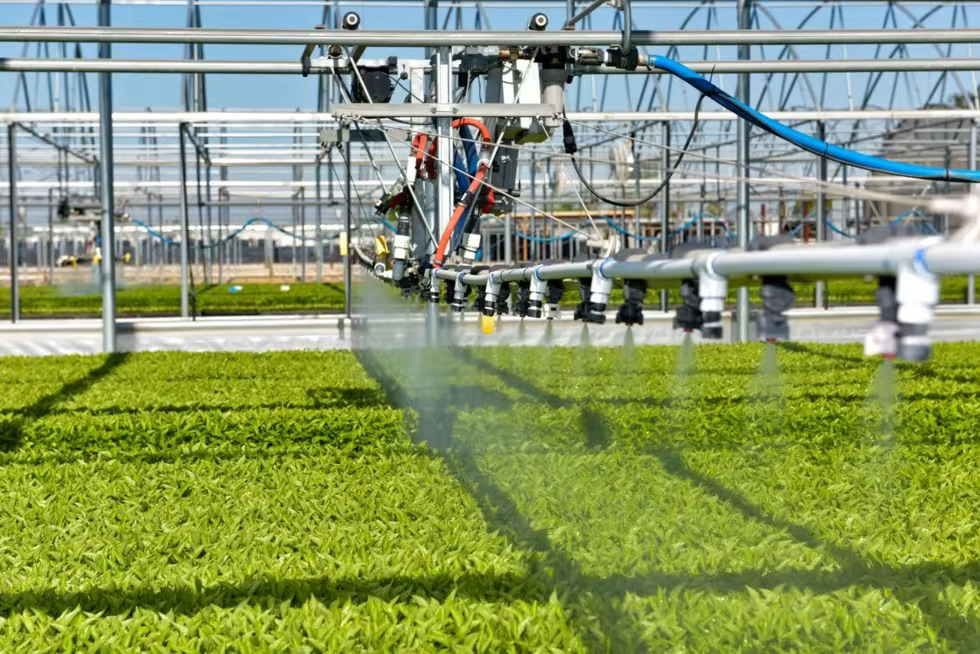

Increased Productivity: With USAG, farmers can unlock their full potential by maximizing productivity. The platform provides real-time data on soil conditions, weather patterns, and crop health, empowering farmers to make informed decisions and take timely actions. This leads to optimized farming practices, increased yields, and improved profitability.
Improved Risk Management: Agriculture is inherently exposed to risks such as unpredictable weather events and pests. USAG helps farmers mitigate these risks through its data-driven approach. By monitoring crop health, detecting diseases early, and providing weather forecasts, USAG equips farmers with the tools to proactively manage risks and minimize potential losse
Empowering Farmers: USAG believes in the power of farmer empowerment. The platform offers access to training programs, expert guidance, and marketplaces, enabling farmers to expand their knowledge, improve their skills, and find better market opportunities. By empowering farmers, USAG strengthens rural communities and contributes to inclusive agricultural development.
Enhanced Resource Efficiency : USAG optimizes the use of resources such as water, fertilizers, and energy. By employing precision farming techniques, farmers can deliver the right amount of inputs precisely where they are needed, minimizing wastage and reducing costs. This efficient resource management not only benefits the farmers economically but also contributes to the overall sustainability of agriculture.
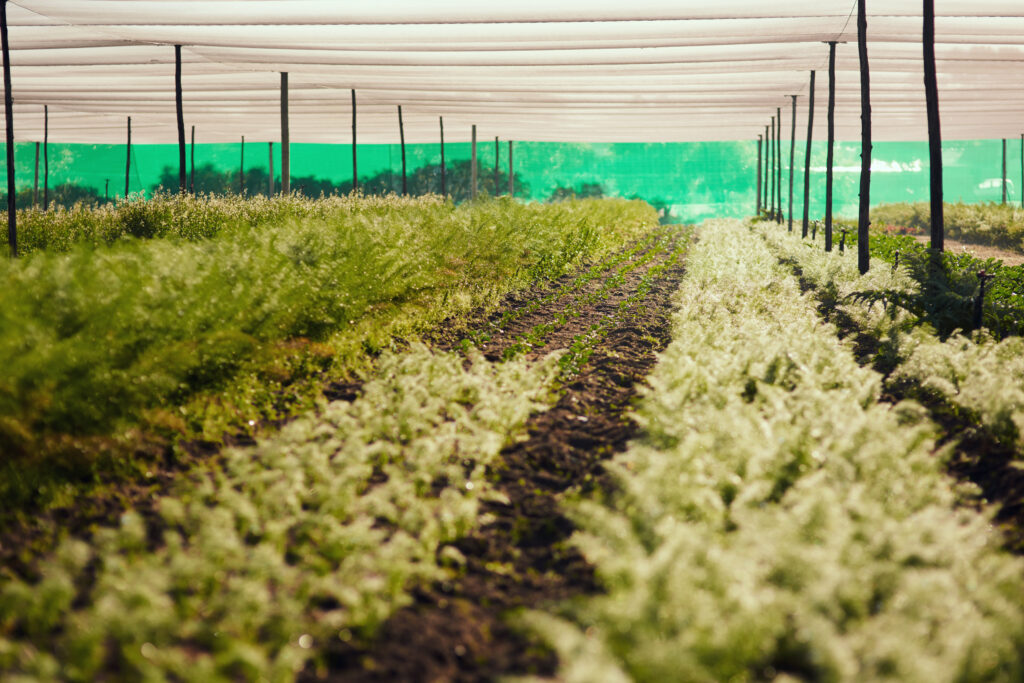
Rapid Pathogen Detection for Food Safety: Enhancing Outcomes and Protecting Consumers

Ensuring food safety is of paramount importance in the food industry, and rapid pathogen detection plays a vital role in achieving this goal. Traditional methods of pathogen detection can be time-consuming and may delay the identification of potential risks. However, with the advent of rapid detection techniques, such as polymerase chain reaction (PCR), enzyme-linked immunosorbent assay (ELISA), next-generation sequencing (NGS), and the application of biosensors and nanotechnology, food safety protocols have been significantly enhanced.
Overview of Rapid Pathogen Detection Techniques
Rapid pathogen detection techniques offer innovative solutions to the challenges associated with traditional methods. PCR, a molecular biology technique, enables the amplification and detection of specific DNA sequences of pathogens, providing highly sensitive and accurate results. ELISA, on the other hand, utilizes antibodies to detect and quantify pathogens, allowing for rapid identification. NGS enables comprehensive genetic analysis, facilitating the detection and characterization of multiple pathogens simultaneously. Additionally, biosensors and nanotechnology offer portable and highly sensitive detection platforms, revolutionizing pathogen detection in the food industry.
Advantages of Rapid Pathogen Detection
Rapid pathogen detection techniques offer several advantages over traditional methods. Time efficiency is a significant advantage, as these techniques can provide results within hours instead of days or weeks. The sensitivity and specificity of rapid detection methods enable the identification of low pathogen levels, reducing the risk of false negatives. Moreover, these techniques often offer cost-effective solutions, minimizing expenses associated with extensive laboratory testing. Early detection and prevention of outbreaks are facilitated, allowing swift actions to be taken, to prevent potential foodborne illnesses.
Applications of Rapid Pathogen Detection in the Food Industry
Rapid pathogen detection finds application throughout the food production process. It is used for testing raw materials and ingredients, ensuring the safety of inputs before they enter the production chain. It is also employed for monitoring production facilities, detecting potential contamination sources, and maintaining a hygienic environment. During processing and packaging, rapid pathogen detection techniques enable real-time quality control, minimizing the risk of contaminated products reaching consumers. Additionally, these methods play a crucial role in identifying foodborne pathogens in finished products, supporting recall processes, and protecting public health.
Implementing Rapid Pathogen Detection Systems
When implementing rapid pathogen detection systems, several considerations should be taken into account. The selection of appropriate detection methods should align with the specific needs and requirements of the food industry. Integration with existing food safety protocols is essential to ensuring seamless implementation and compatibility. Adequate training and education of personnel involved in the detection process are crucial for accurate and efficient results.
Future Developments and Trends in Rapid Pathogen Detection
The future of rapid pathogen detection holds immense potential for further advancements. Technology and automation will continue to drive innovation in this field, leading to even more rapid and precise detection techniques. Integration with data analytics and artificial intelligence will enable real-time monitoring and analysis, offering proactive insights into potential risks. Additionally, the development of on-site and real-time detection systems will revolutionize food safety protocols, allowing for immediate action and preventing contaminated products from entering the market.
Conclusion
Rapid pathogen detection techniques have transformed the landscape of food safety, enabling faster, more accurate, and cost-effective detection of pathogens. These techniques play a vital role in preventing foodborne illnesses, protecting consumer health, and maintaining trust in the food industry. As technology continues to advance, the integration of rapid pathogen detection systems with existing food safety protocols will become increasingly vital, ensuring the highest standards of safety and quality in the production and distribution of food.
